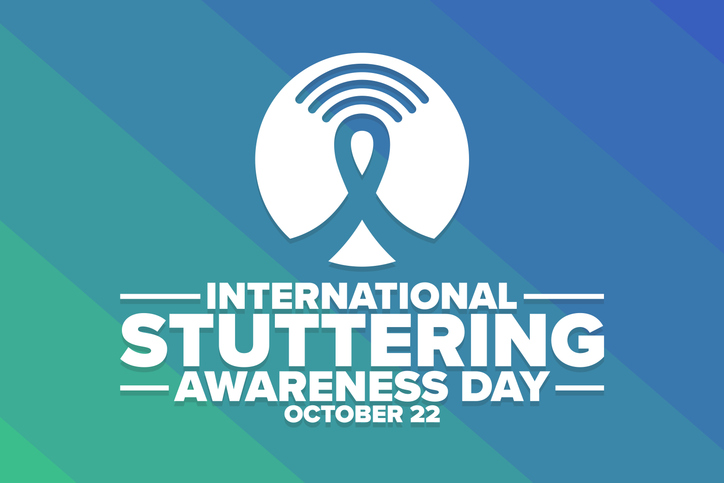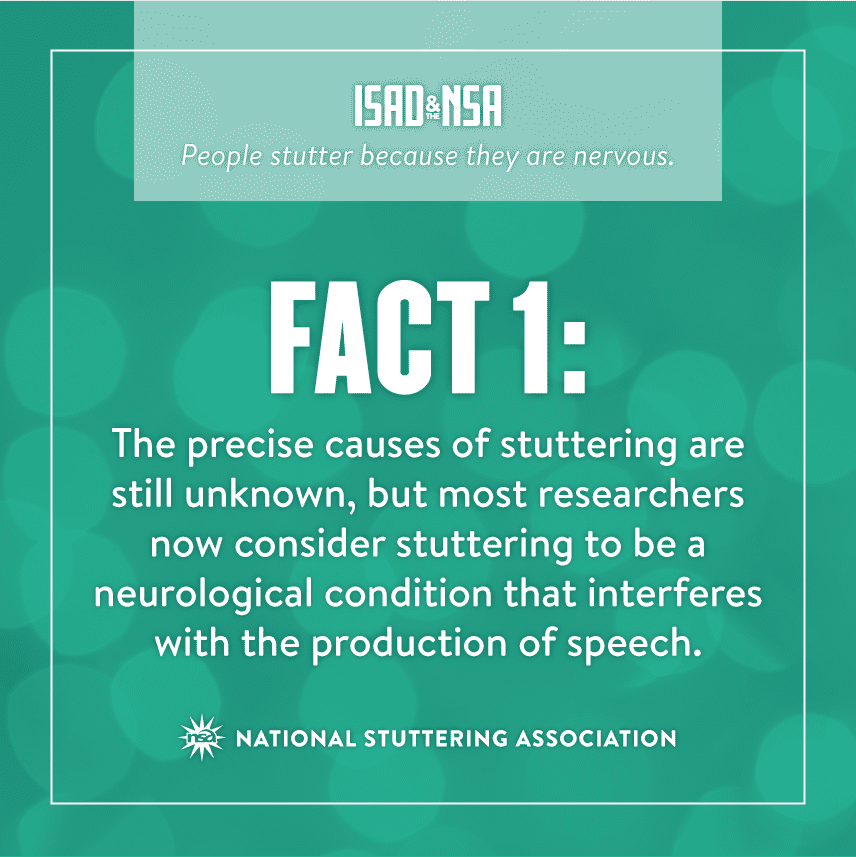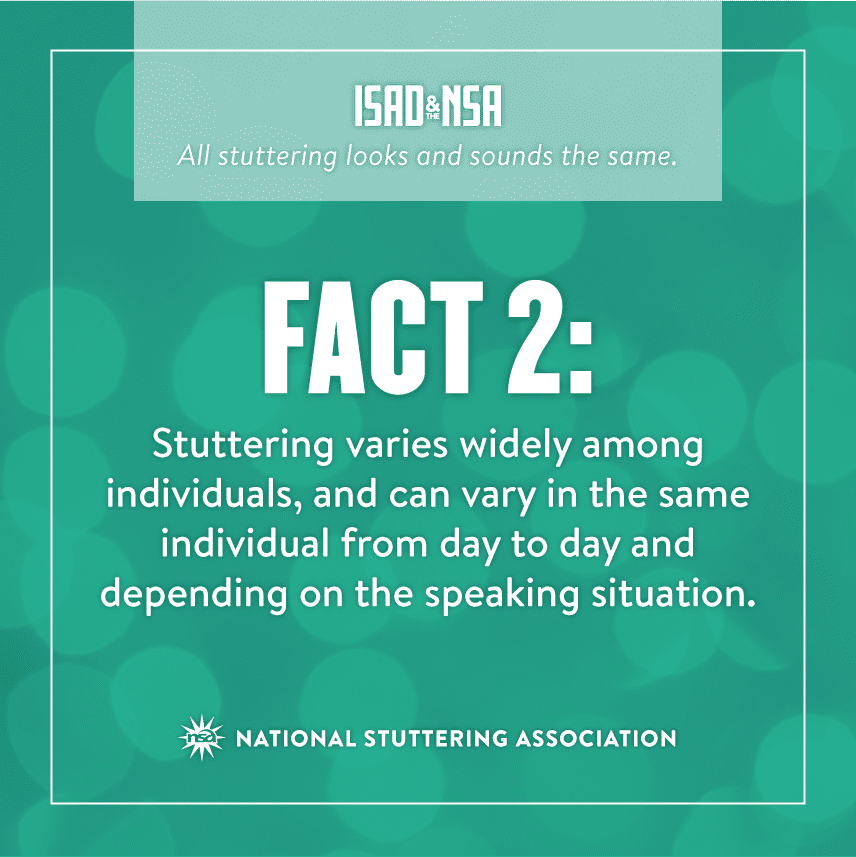Stuttering: Challenging the Misperceptions

An estimated 5% of people will experience stuttering in their lives. Stuttering starts in childhood and for most children the problem ends on its own by adolescence. But for about 25% of those individuals, it persists. For an estimated 3 million adults in the U.S., stuttering continues into adulthood.
People with stuttering have problems with the flow and timing of speech. It can involve repeated sounds and syllables (“I would like m-m-m-more please”), lengthened consonant and vowel sounds (“that sssounds like fun”), physical tension when producing words, or pauses in speech.* Stuttering runs in families, and research has shown it is associated with specific problems in how the brain works in relation to speech.
Treatment for children and adults generally involves speech therapy performed by a specially qualified speech-language pathologist. Early intervention is essential to achieving the best outcomes. If a parent notices symptoms of stuttering their child, the first step is seeking an evaluation from a qualified speech language pathologist. Early intervention has shown to be effective in treating stuttering in children.
Stuttering can contribute to a person’s stress and anxiety, and stress and anxiety can worsen the problem of stuttering. When stuttering continues into late adolescence and adulthood, comprehensive treatment, including talk therapy, medication, and speech therapy, can help. Although no mediation is approved by the FDA for stuttering, several studies have shown that medications may be helpful for some.
Friends and Allies: What you can do
Unfortunately, there is still a great deal of stigma and misperceptions relating to stuttering. For example, contrary to common misperceptions: people who stutter are not just nervous or shy by nature; stuttering is not generally caused by emotional trauma; and stuttering is not just a habit people can break.
So, what can you do to be respectful and helpful when in conversation with a person who stutters? Here are some suggestions from the Stuttering Foundation:
- Let the person know by your manner that you are listening to what he or she says — not how they say it.
- Maintain natural eye contact and wait patiently and naturally until the person is finished.
- Don’t make remarks like: “Slow down,” or “Take a breath.” These are not helpful and can be felt as demeaning.
- Try to avoid finishing sentences or filling in words.
- Speak in an unhurried way, though not unnaturally slow.
Resources to Learn and Connect
New resources and research continue to shed light on the challenges of stuttering and offer hope, understanding and connection for those living with stuttering. Among the many ways to learn and connect with others
- Connect on social media, @WeStutter on Instagram and Facebook.
- Join a local chapter or support group. NSA has separate support groups for adults, families, teens, and children.
- Listen to podcasts. offers regular podcasts on stuttering related topics.
- Attend events and conferences, National Association of Young People Who Stutter, National Stuttering Association.
- Subscribe to a newsletter. For example, Stuttering Foundation newsletters.
 |
 |
|---|
* Stuttering (childhood onset fluency disorder) is included in the Diagnostic and Statistical Manual of Mental Disorders (DSM-5-TR) in the category of Neurodevelopmental Disorders/Communication Disorders.
Resources
References
- Maquire FA, Yeh CY, Ito BS. Overview of the Diagnosis and Treatment of Stuttering. Journal of Experimental and Clinical Medicine, 4(2):92-97, 2012.
- Perez, HR and Stoeckle, JH. Stuttering: Clinical and research update. Canadian Family Physician. 2016.
